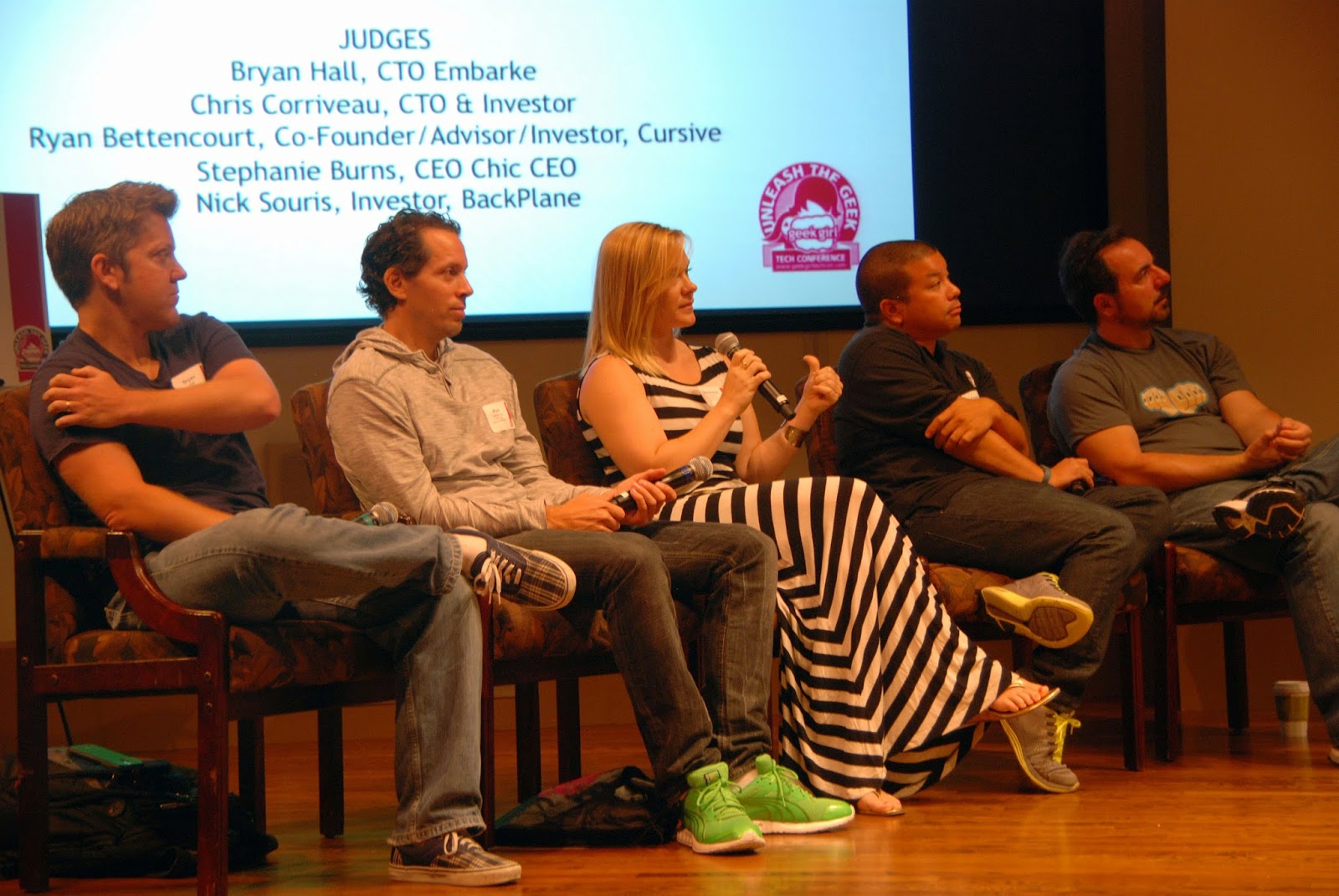Last night's UX Speakeasy meetup was a bit of a mind bender when you stopped to consider the implications of everything Matthew Milan (CEO of Normative) tossed at the audience. After a momentary thick silence at the end of Milan's talk, the flood of questions started. Too bad the guy had to catch a red eye to Miami. We could have kept him talking late into the night.
It was all about design, but not design in any way you are likely to have thought about it before. After flipping up a rather staid and traditional definition of "design", Matthew said something to the effect of "we're still talking about making sh*t up". But that's ok, because one of his company's mantras is "Always Be Learning". A phrase worth bolding.
When you consider his suggestion that "the network" is everything connected by an IP, and that more and more we are connected to multiple IPs in a constant slurry of invisible signals zinging through the air, and technology companies are fire hosing us with new wearable or embedded everything, just like this sentence, Matthew pointed out correctly, at least for the majority of people in the developed world "we spend the majority of our time being a live node on the network".
I never thought about myself that way. This notion makes me think of the time a few weeks ago when I was on a business trip and my internal GPS had been lost on a contrail somewhere. I decided to use Google Maps to look up the location of the city I was in. I got more than I bargained for. Google Maps not only showed me the city I was in, but put a nice little label on the location of my hotel along with a tag listing the dates I was staying there. The *only* way they could have accessed that last information was by scanning my gmail account and pulling the information out of a reservation confirmation message. I was creeped out. Not cool Google. Perhaps Google thought it was being helpful but all I could think was: Get OUT of my email!
One can understand the audience member last night who said that after listening to Milan's talk he was very uncomfortable. He felt like he was part of one big experiment. Yup, I'm afraid that he may be correct. We love our toys but through them we are live nodes dangling on the end of a virtual fish hook. To his credit, Matthew replied to the stressed out audience member "This stuff isn't supposed to make you comfortable". No attempt to cover up the ubiquitous networked nature of everything with some sugar coated marketing gobbledy gook.
For me, a message I received from Matthew's talk was that we need to wake up and pay attention to what we are designing and how we put it to use in society.
There was a good deal of talk last night about "computational design" that left me sucking on my pen and rolling my eyes upward in thought on more than one occasion. It wasn't what you might think; people and machines are to be thought of on an equal footing in our oh so networked environment. In trying to describe some aspect or other of this point, Matthew said in an unscripted moment that we should think about how to be empathetic to the machine. He then corrected himself, suggesting that "empathy" probably wasn't the right word because, well, you know ...
Not so fast. Check out this news release from the National Science Foundation about a robotics initiative which contains the quote:
"people not only trust [the robot's] impeccable ability to crunch numbers, they also believe the robot trusts and understands them"
and
"The humans trusted the robot to make impartial decisions and do what was best for the team...As it turned out, workers preferred increased productivity over having more control"
Now that is scary. It may be too late to suggest we not have empathy for digital technology.
On a lighter note, (and at this point I need to remember the lighter moments), one of my favorite Matthew Milan quotes was "we are always putting ourselves in these crazy boxes". What made this really funny for me was that rather than going down some intense psychological route, his first item in the list was clothing!
I never thought of my clothes as a box, did you? Since that moment, I've been thinking about my shirt as a box. A box with 4 air vents to provide circulation. A box with flexible siding. A red box (today at least). I have a closet full of boxes to put myself into. And then...ok, I couldn't help but think about myself as that live node and the future of wearables and I began to have empathy for my soon to be sentient shirt.
Today my shirt might be thinking: "oh dear, not that cheap moisturizer again" or "did she forget to use deodorant today? That means she is going to drool on the underside of my sleeve. Talk about a bad hair day. Sigh...the things I put up with in order to see the world"
Parting words from Matthew Milan included: Design Creates Culture.
"Having your head in the clouds" takes on a whole new meaning doesn't it?

















